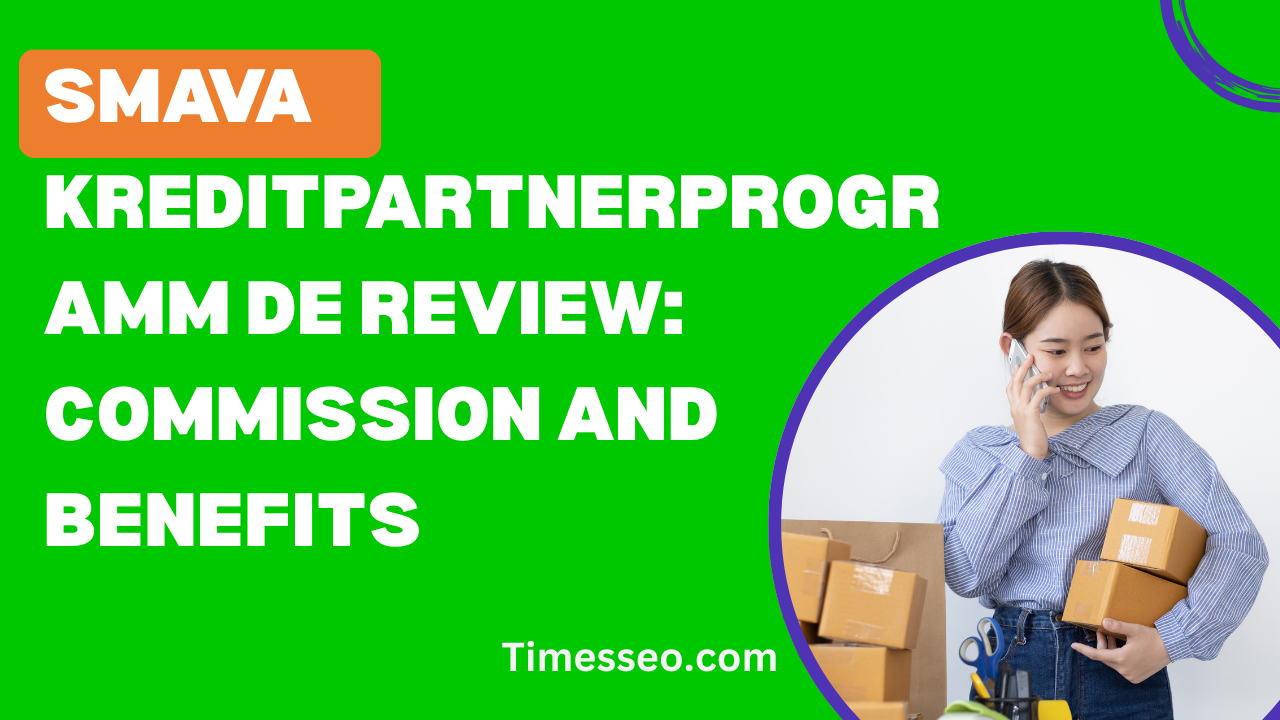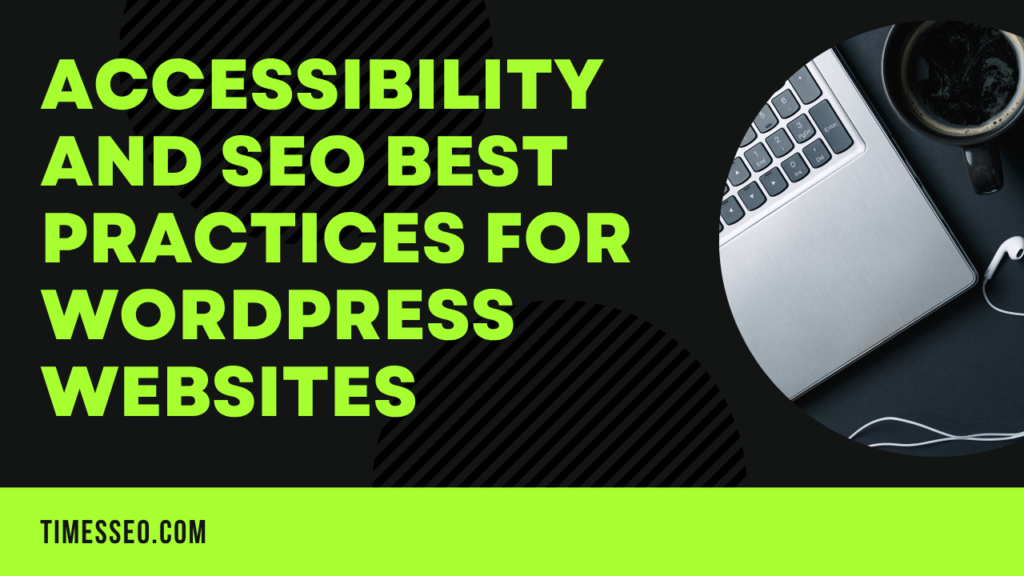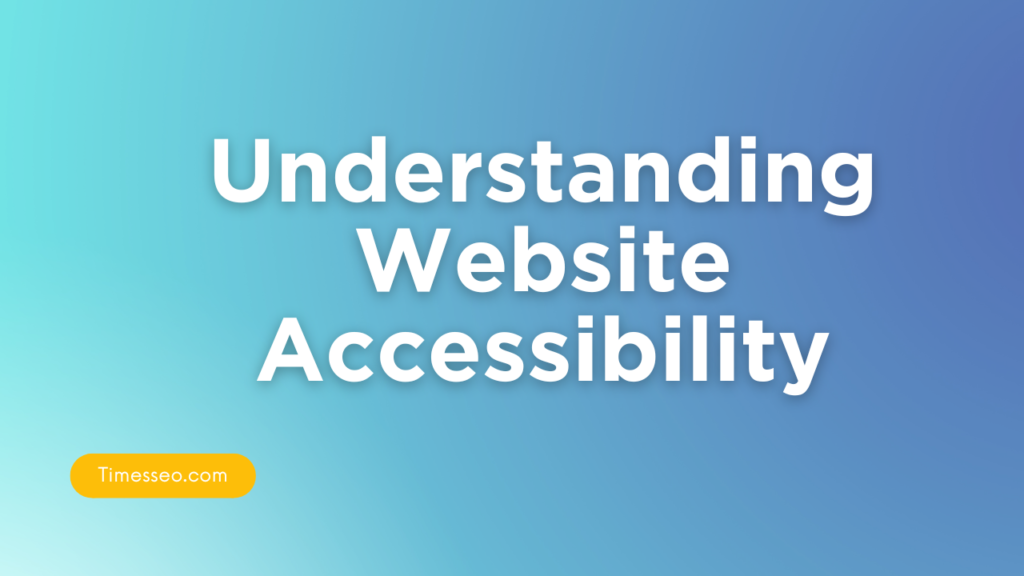
Accessibility and SEO Best Practices for WordPress Websites
Discover the top accessibility and SEO best practices for WordPress websites to enhance user experience, improve search engine rankings, and ensure compliance with web standards. This guide covers everything from accessible themes and plugins to optimizing content and navigation for both users and search engines.
Table of Contents
Introduction
Why Accessibility and SEO Go Hand in Hand
You know what’s great? When one strategy boosts another. That’s exactly what happens with accessibility and SEO. When your WordPress website is easy to navigate for everyone — including those with disabilities — it naturally becomes more search engine friendly. Think of it as hitting two birds with one perfectly optimized stone.
The Growing Importance in 2025 and Beyond
With search engines placing greater weight on user experience, accessibility is no longer optional. It’s a key ranking factor — and honestly, just the right thing to do.
Understanding Website Accessibility
What Is Website Accessibility?
Accessibility means making your website usable by people with various disabilities — visual, auditory, motor, and cognitive. It ensures that every visitor can explore, understand, and interact with your site regardless of how they got there.
WCAG Guidelines Explained
The Web Content Accessibility Guidelines (WCAG) offer a framework for making websites accessible.
Levels A, AA, and AAA Compliance
- A: Minimum level — basic accessibility.
- AA: Recommended standard — the sweet spot.
- AAA: Most stringent — hard to achieve, but ideal.
SEO Basics for WordPress Sites
What Makes SEO Essential?
SEO is how your site gets discovered. It drives organic traffic, builds trust, and boosts conversions — no ads needed.
Core On-Page SEO Principles
On-page items must be optimized for both usability and visibility.
Title Tags, Meta Descriptions, and Headings
Every page should have a unique, relevant title and description. Use proper heading hierarchy (H1-H4) for structure and clarity.
How Accessibility Enhances SEO
Shared Benefits Between SEO and Accessibility
Search engines and assistive tech both rely on clean code, descriptive text, and logical structure. When you improve accessibility, you’re also giving crawlers a better roadmap.
Search Engine Crawlers Love Accessible Sites
Alt text? Screen readers love it. So do Google’s bots. Same goes for descriptive anchor links, semantic HTML, and structured content.
Faster Loading Times & Better UX
Accessible sites often load faster and are more user-friendly — two major factors in SEO performance.
Setting Up WordPress for Accessibility
Choosing an Accessible Theme
Start strong by picking a theme that supports accessibility out of the box. Look for tags like “Accessibility Ready” in the WordPress theme repository.
Using the Right Plugins for Accessibility
Plugins can help fill in the gaps — from color contrast checkers to screen reader enhancements.
Popular Accessibility Plugins to Consider
- WP Accessibility
- One Click Accessibility
- Accessibility Widget
Optimizing Images and Media
Importance of Alt Text
Alt text helps visually impaired users understand what an image conveys — and also gives Google context for indexing.
Adding Captions and Transcripts
Videos need captions. Audio files need transcripts. This isn’t just best practice — it’s also a huge boost for SEO.
Compressing Images for Speed and Access
Large images slow your site down. Use tools like TinyPNG or ShortPixel to compress without sacrificing quality.
Navigational Best Practices
Keyboard Navigation
Your site should work seamlessly using just a keyboard. Tab order matters.
Skip Links and Focus States
Use skip links to allow users to jump to content. Focus states highlight the element in use — don’t remove them.
Clear Menu Structures and Breadcrumbs
Simple menus and visible breadcrumb trails help users and bots understand your site’s hierarchy.
Improving Readability for All Users
Font Size, Color Contrast, and Line Spacing
Use large, legible fonts. Ensure high contrast between text and background. Give lines breathing room.
Using Plain Language and Clear CTAs
Avoid jargon. Make your call-to-actions clear and direct. Everyone — from Google to grandma — will thank you.
Semantic HTML and ARIA Labels
The Role of Semantic Tags in Accessibility
Use <header>, <nav>, <main>, and <footer> instead of generic <div>s. It helps assistive tech and SEO crawlers understand your layout.
When and How to Use ARIA Attributes
ARIA roles can enhance accessibility but use them wisely. They should supplement, not replace, semantic HTML.
Mobile Accessibility and SEO
Responsive Design for WordPress
Use themes and plugins that adjust to all screen sizes. Google prioritizes mobile-first indexing.
Touch Target Sizing and Mobile Readability
It should be simple to tap buttons without having to zoom in. Use padding and spacing to enhance usability.
Structured Data and Schema for Accessibility
Enhancing Snippets for Search Results
Rich snippets improve visibility in SERPs. Schema markup helps provide context to search engines.
Schema Types That Support Accessibility
Use schema for:
- FAQs
- Products
- Events
Article
Accessible schema helps both bots and users.
Testing Your WordPress Site for Accessibility
Tools Like WAVE, Axe, and Lighthouse
These tools scan your site and flag accessibility issues. Most are free and easy to use.
Manual Testing vs. Automated Testing
Automated tools catch 30–40% of issues. Pair them with manual testing for a complete audit.
Avoiding Common Accessibility Mistakes
Missing Alt Text
Although it’s a small step, it makes a significant difference.
Poor Keyboard Navigation
If a user can’t tab through your site, they can’t use it at all.
Unlabeled Form Fields
Use <label> tags. They are necessary for screen readers to accurately describe form elements.
Monitoring and Maintaining Accessibility & SEO
Regular Site Audits
Set a monthly or quarterly reminder. Things change — stay ahead.
Keeping Plugins and Themes Updated
Outdated themes can break accessibility features. Always update responsibly.
Legal Benefits of Being Accessible
Avoiding Accessibility Lawsuits
Yes, lawsuits happen — and they’re expensive. Compliance saves you trouble and money.
Building a Brand That Cares
Being accessible sends a message: “We care about everyone.” That’s powerful branding.
Conclusion
WordPress gives you the tools. Accessibility and SEO best practices give you the power. Together, they create a site that welcomes everyone — including search engines. So whether you’re just starting or updating an old site, remember: build for people, and the rankings will follow.
Frequently Asked Questions
Absolutely. Accessibility overlaps with key SEO practices — like faster loading, semantic HTML, and better UX.
Use tools like WAVE or the Lighthouse audit in Chrome DevTools for a quick overview.
Not necessarily. Many fixes are free or low-cost — like changing fonts, adding alt text, or using accessible themes.
No. Choose themes marked as "Accessibility Ready" in the WordPress directory for best results.
At least quarterly — more often if you frequently update content or redesign.
Table of Contents
Popular Posts
-
 Affordable Technical SEO Audit for Small Business: A Complete Guide26 Jun 2025 Blog
Affordable Technical SEO Audit for Small Business: A Complete Guide26 Jun 2025 Blog -
 How to Get an Affordable Technical SEO Audit for Small Business27 Jun 2025 Blog
How to Get an Affordable Technical SEO Audit for Small Business27 Jun 2025 Blog -
 The Ultimate Local SEO Audit Checklist for Startups28 Jun 2025 Blog
The Ultimate Local SEO Audit Checklist for Startups28 Jun 2025 Blog -
 Local SEO Audit Checklist for Startups: A Beginner’s Guide28 Jun 2025 Blog
Local SEO Audit Checklist for Startups: A Beginner’s Guide28 Jun 2025 Blog -
 Top On-Page SEO Audit Steps for Service Websites Every Business Should Know29 Jun 2025 Blog
Top On-Page SEO Audit Steps for Service Websites Every Business Should Know29 Jun 2025 Blog -
 Technical SEO for WordPress: The Ultimate Beginner’s Guide01 Jul 2025 Blog
Technical SEO for WordPress: The Ultimate Beginner’s Guide01 Jul 2025 Blog -
 The Impact of On-Page SEO Audit Steps for Service Websites on UX01 Jul 2025 Blog
The Impact of On-Page SEO Audit Steps for Service Websites on UX01 Jul 2025 Blog -
 Technical Mobile SEO Audit Tips for Developers02 Jul 2025 Blog
Technical Mobile SEO Audit Tips for Developers02 Jul 2025 Blog -
 Complete SEO Backlink Audit Guide for Better Google Rankings03 Jul 2025 Blog
Complete SEO Backlink Audit Guide for Better Google Rankings03 Jul 2025 Blog -
 Boost Your Rankings with Technical SEO for WordPress01 Jul 2025 Blog
Boost Your Rankings with Technical SEO for WordPress01 Jul 2025 Blog






